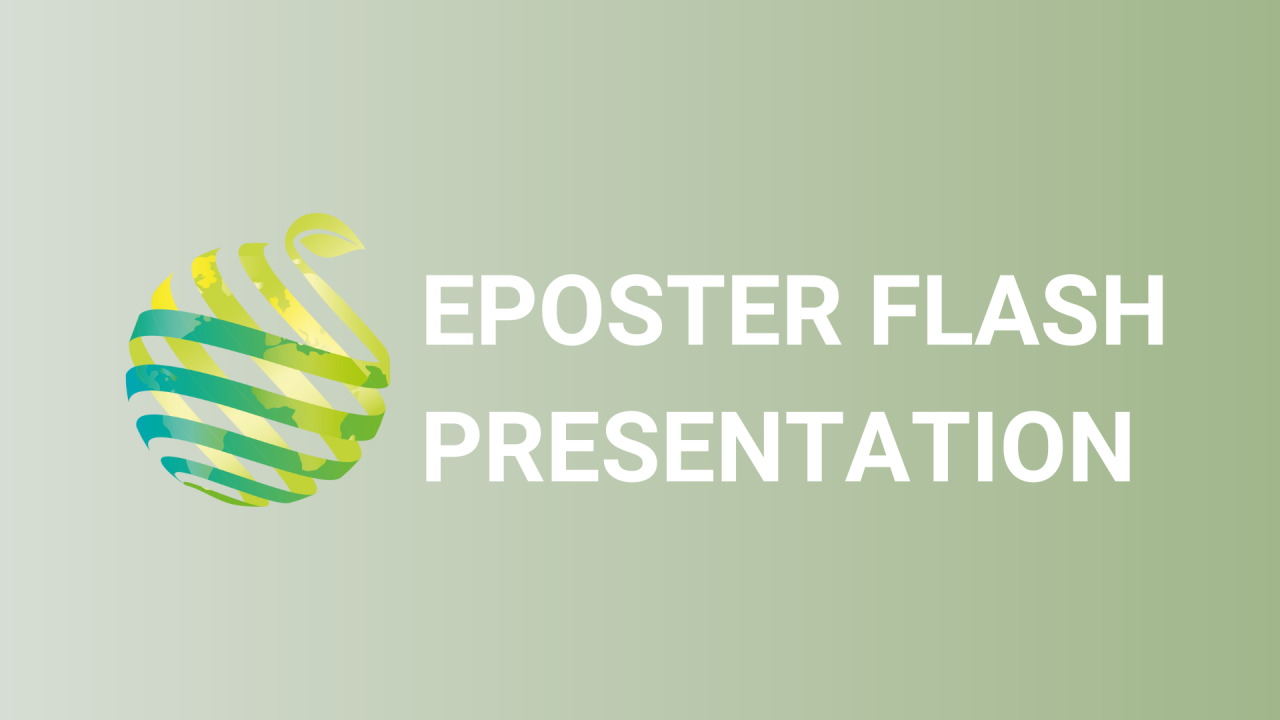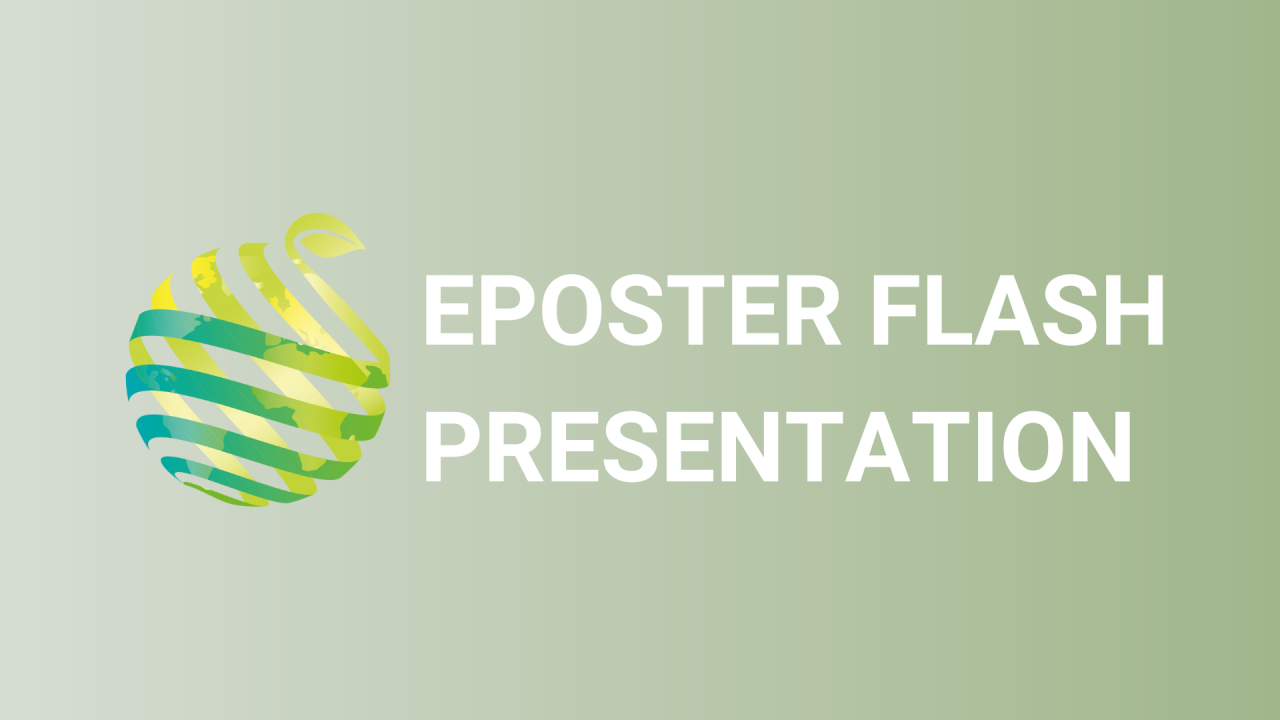

S25 - Session P1 - Symbiotic effectiveness and molecular characterization of Lessertia frutescens nodulating rhizobia from the Cape Florist Region
Information
Authors: Mokgadi Hlongwane *, Felix Dakora, Mustapha Mohammed, Ntebogeng Mokgalaka
Lessertia (L.) frutescens is a medicinal plant native to South Africa. Traditionally, L. frutescens has been used to treat cancer, diabetes, fever, stomach problems, wounds and other ailments. This legume is endemic to the Cape fynbos, with large populations occurring wild and cultivated in the Cape Florist Region. Its distribution across South Africa continues to spread at a significant rate, owing to the increased use as a multipurpose phytomedicine. The frequent harvesting of field plants has made it necessary to undertake studies towards the conservation of L. frutescens . As a legume, this species can form root nodules and fix atmospheric N 2 when in symbiosis with soil bacteria called rhizobia. However, the N 2 -fixing efficacy and diversity of rhizobial symbionts of L. frutescens are largely unexplored. The aim of this study was to isolate and characterize L. frutescens -nodulating rhizobia from five locations in the Cape Florist Region of South Africa. For this, rhizobia were trapped by using rhizosphere soil suspensions to inoculate L. frutescens seedlings growing in sterilized sand in a glasshouse. Seedlings received sterile N-free Hoagland nutrient solution during growth. At 60 days after planting, root nodules were harvested from L. frutescens plants, surface-sterilised, macerated, and streaked on yeast mannitol agar (YMA) plates and incubated at 28 o C for observation of bacterial growth. Of a total of 92 isolates, 44 were able to induce nodules in the homologous host. The isolates exhibited differences in symbiotic effectiveness measured as nodule number, nodule biomass, shoot biomass and photosynthetic rates elicited in the homologous host. The dendrogram constructed from Box PCR profiles grouped the 44 isolates into 27 Box PCR types, indicating high genetic diversity.